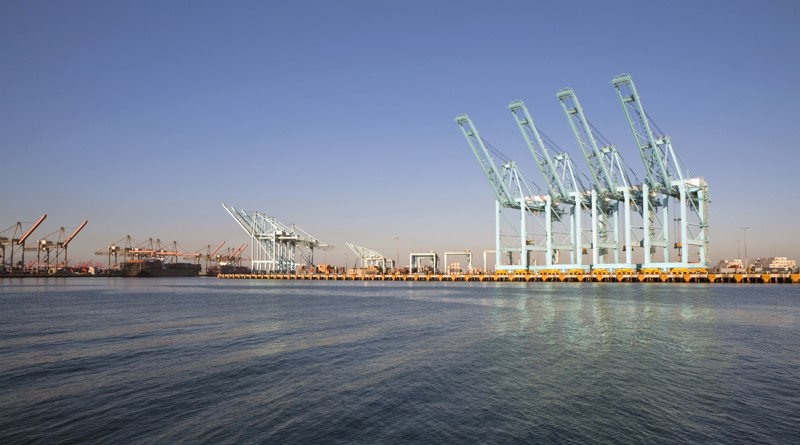Lack of action on water risks could cost top companies $300 billion

The financial impact of unaddressed water risks for global companies could amount to $301 billion in lost business value, the 2020 Global Water Report by Carbon Disclosure Project (CDP) has said, adding that the cost of addressing the risks comes at one-fifth of the amount, at $55 billion.
The CDP said among the top water risks faced by companies are increased water scarcity, flooding, drought, severe weather events, and declining water quality. Even investors are becoming increasingly focused on water risk issues, with over 590 investors with over $110 trillion in assets requesting companies to disclose on water security impacts, risks and actions.
The CDP report, based on a study of about 2900 participating companies, found that the most frequently reported responses by companies to water risks include adopting water efficiency, conservation, reuse and recycling measures, and developing flood emergency plans. For 2020, 5537 companies were requested to disclose data by their investors or their business customers; 2934 companies disclosed, up from 2433 in 2019.
Current expenditures by companies are focused on increased capex, pollution abatement and control, infrastructure investment, investments in new technology, and compliance with local regulatory requirements. While the report finds that companies are making progress in some areas on addressing water risks, action in some areas, such as water pollution is lacking.
A water-secure world requires companies to rethink their strategies and transform their business models. CDP disclosures indicate that many companies are making this transformation; those doing so are those fully integrating water into their strategies and ensuring accountability for water targets at the highest level.
The report called for companies from all sectors and geographies to develop bold, ambitious targets for reducing water withdrawals, increasing net-zero water reuse and eliminating the use and discharge of pollutants across value chains. Also, they should collaborate with suppliers to incentivize and support high standards of water stewardship, cascading action through the value chain besides collaborating with communities and other local stakeholders to address shared water challenges.
The report said there was progress in water use, with two thirds of the respondents, saying they are reducing or maintaining water withdrawals, while more than half are monitoring the quality of their wastewater discharges.
In 2020, CDP saw a 20 per cent increase in corporate disclosure through its water security questionnaire. The increase in responses was particularly strong in the materials, retail and transportation sectors.
The report also noted that there had been progress on addressing water risks, with nearly two-thirds of reporting companies reporting that their withdrawals were much lower, lower, or about the same compared with 2019. In water-stressed areas, this figure reached as high as 80 per cent.
At the same time, pollution efforts were lagging, the report said. While company efforts on water quantity are improving, water quality initiatives are lagging. Only 4.4 per cent of companies are setting and progress against pollution reduction targets, and only 20 per cent of the world’s wastewater is currently treated.
“As investors pay closer attention to companies’ management of water risks, CDP is calling for all companies to develop ambitious targets to reduce water withdrawals and eliminate water pollution, including net-zero water targets. Companies must take bold action now to transform their business models”, said CDP Global Director of Water Security Cate Lamb.
In the 2020 report, CDP found that among the 12 sectors covered, the scale of risk versus response is particularly stark in the manufacturing and food, beverage and agriculture sectors. In manufacturing (the largest sector), 1,375 respondents reported the potential financial impact of water risk at $191 billion, against a cost of response of $2.89 billion. In food, beverage and agriculture, 414 respondents reported figures of $19.59 billion and $1.10 billion respectively.
“To succeed, companies in almost every sector must find new ways of doing business, ways that decouple production and consumption from the depletion of water resources. Incremental changes, acting a little more efficiently or a little more collaboratively, will not cut it. Companies that transform their business and work to safeguard valuable water resources have the potential to achieve both short and long term cost savings, sustainable revenue generation and a more resilient future”, said Lamb.



